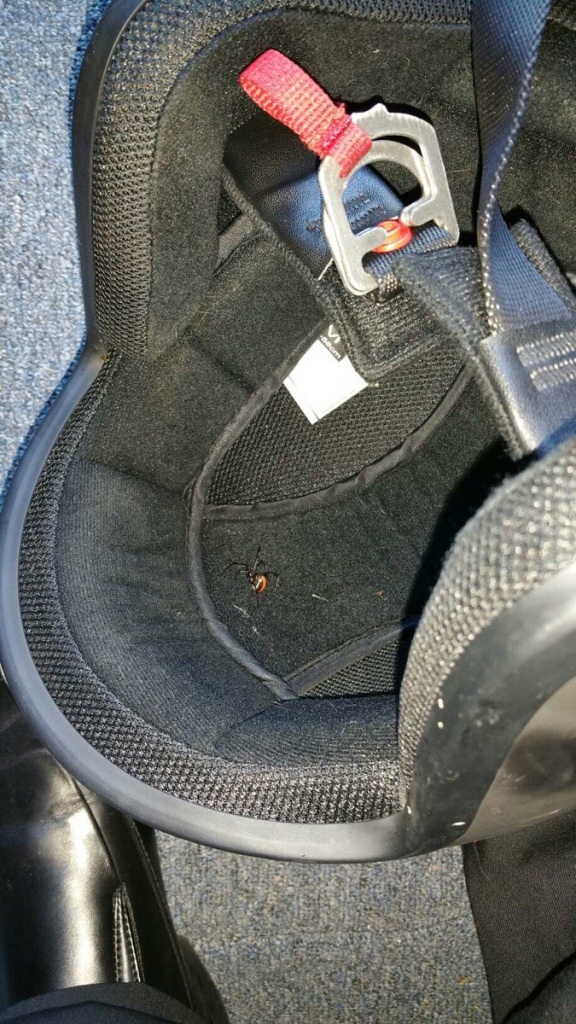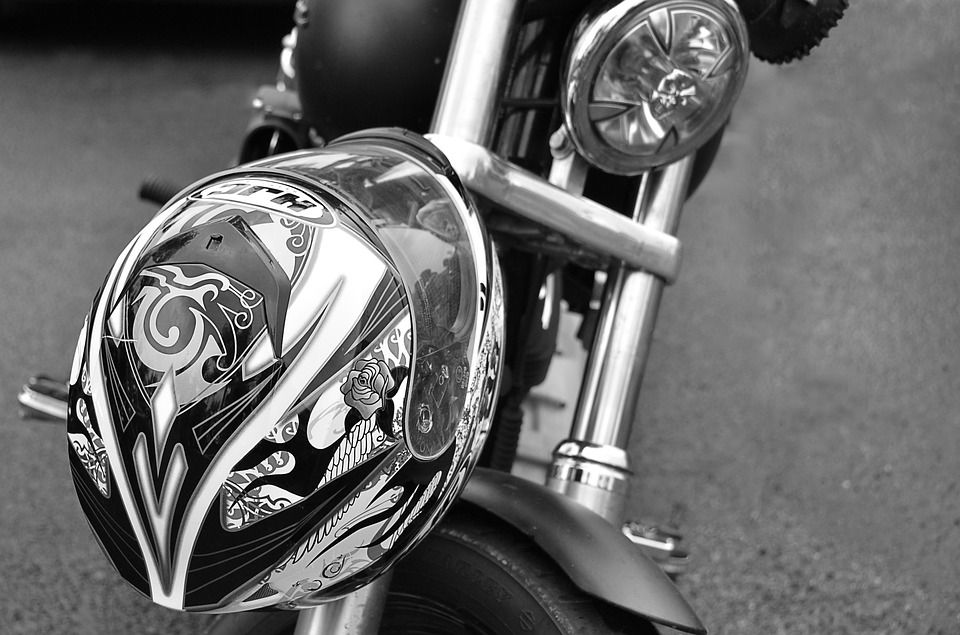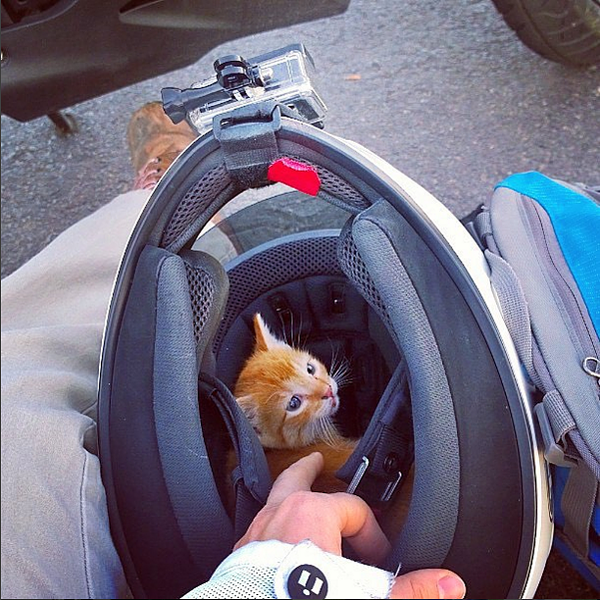
With April set as Motorcycle Helmet Safety Month I thought I would write a few different posts on the subject. I am going to try and cover several different areas around helmet safety just for us to think about.
FITMENT
I am not going to try the case of wearing or not wearing the helmet. But if you do wear a helmet you should make sure it fits properly.
The first thing, in my opinion, you should do is look at the sizing guides for the helmets you are most interested in. Every motorcycle helmet manufacturer has a slightly different way of sizing your head both in measurements and shape.
Sizing your skull
When you measure your head, wrap the tape measure starting about ½ inch above your eyebrow, loop around your head (at the largest point) keeping it above your ears. I recommend that you have a friend help you with this to get the correct measure. I also suggest doing it three times and then averaging the three to get the size of your noog’n.
If your melon falls between the two sizes, go with the smaller size.
Shape of your skull
This one is a lot tougher to deal with. Most motorcycle helmet makers really, truly do not take into to account that our brain-cases are the same shape.
While all heads, for the most part, are oval some are rounder then others while some are more elongated. The shape of your skull will impact how the helmet fits. You will have to try on the helmets you are interested in to see how they fit your dome.
Trying the Helmet On
Does your new candidate helmet fill a little tight? That is good! Feeling a little tight or slightly uncomfortable is ok but if it should not be inducing any pain to the back of your gourd, your temples or your forehead. Any hotspots or uncomfortable pressure points will be a guarantee of a miserable ride.
Now try turning the helmet left and right and tilting forward and back. If the helmet moves over your skin freely it is to big, try a size smaller.
If it seems to fit well, try to keep it on for at least 10-15 minutes. Does it still feel ok? When you take it off are there any hotspots or rub marks, if not maybe you have a winner. If you are having comfort issues the helmet just might be the wrong shape for your head.
Try to Pull the Helmet Off
Last step, if everything else seems to be a-ok. Reach over your head and grasp the bottom/back of the helmet. Try and pull it over and off your head. If it comes off, try a different size.
While these are my recommendation please do your own research on the fitment of motorcycle helmets. There are many other suggestions out there, these are just the ones that I use. Just use these suggestions as a way to get started on assuring a good fit. Look for other suggestions/recommendations on fitment of helmets. Never trust just one website, look at as many as you can to make sure you fully understand.
Also, you can use these fitment techniques as a starting point to determine if your current motorcycle helmet is still good to go. Can you pull it over and off your head? Might be a good time to replace your primary safety device.

Example of bad fitment!
























 depending on use, to ensure optimal protection.
depending on use, to ensure optimal protection.
